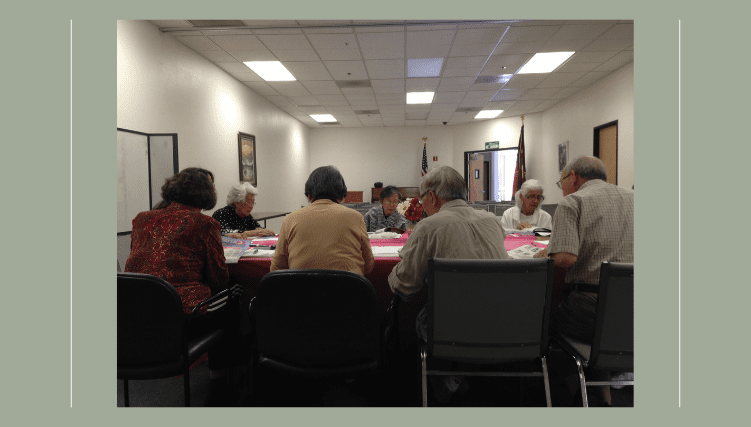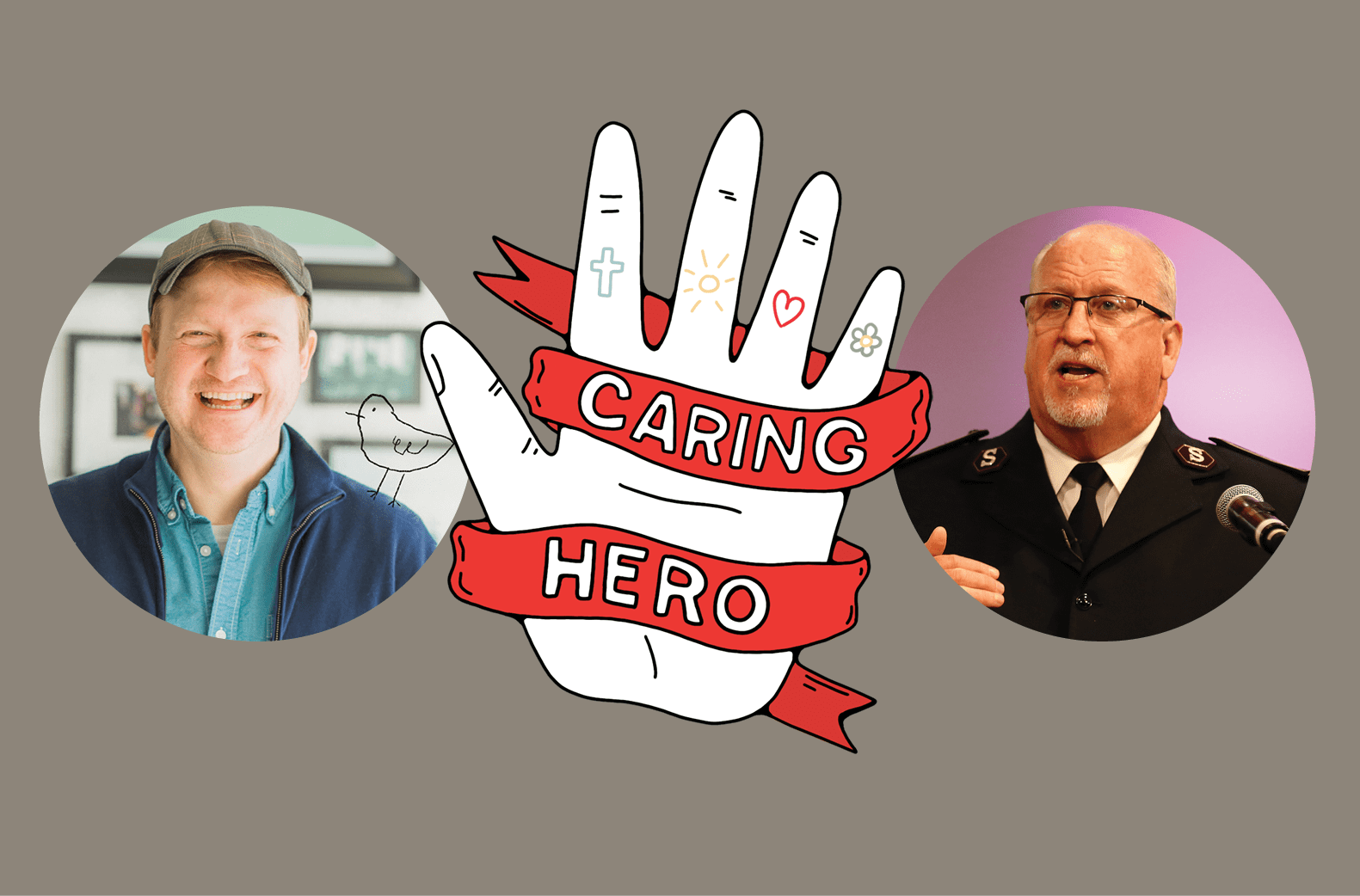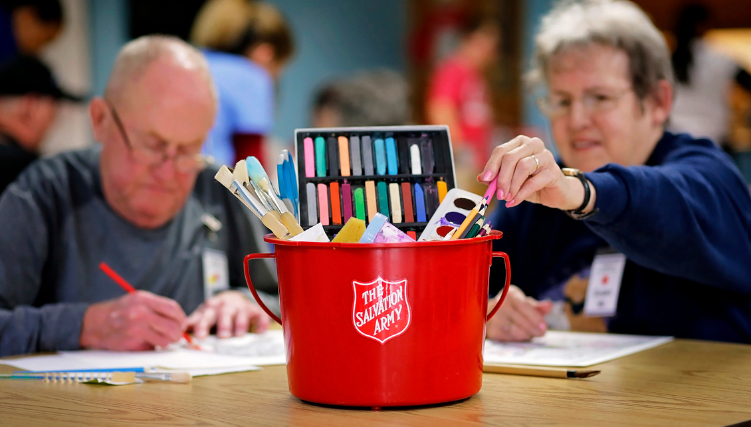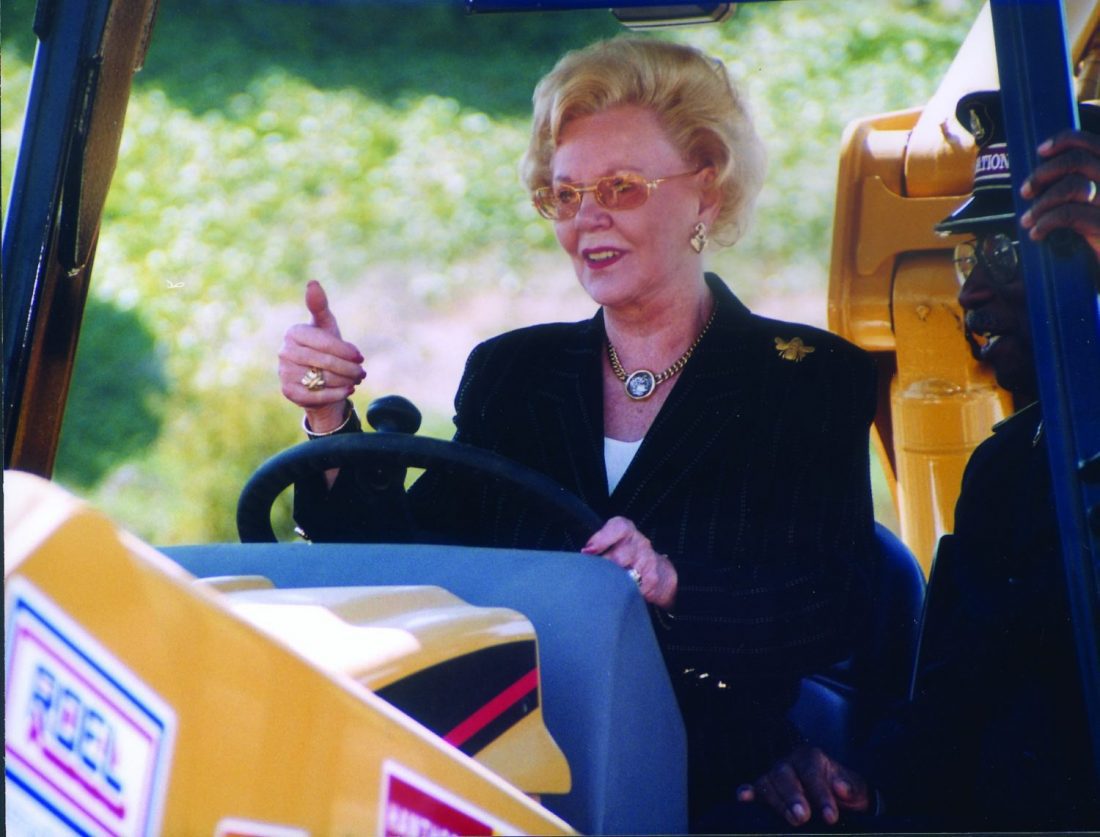Volunteers are vital to the work of The Salvation Army, helping maintain its programs, outreach and ministries. In San Diego County, volunteers Peggy Umphres and Anne Weston have been team-teaching an English language learning class for over three years at the Escondido (California) Corps. They exemplify what The Salvation Army is working toward: long-term volunteers for long-term impact.
Umphres said her motivation for volunteering is to give back to the community.
“I have been blessed…I realize not everyone else has been so lucky,” she said. I believe in giving back and chose The Salvation Army as an organization to which to give my time, talent and treasure because of its Christian base, family friendly programs and wonderful staff.”
Stacy Dertien, Director of Volunteers and Community Engagement for The Salvation Army in San Diego County, said Umphres, a retired environmental engineer, is the “dream volunteer.” She began volunteering with The Salvation Army in 2009 and has served in a variety of capacities since then, including teaching nutrition and gardening, leading Senior Olympics programming, and assisting with food packing and distribution for Family Services, at locations including the San Diego Kroc Center and the Door of Hope. She began teaching the language class in Escondido in 2012.
“I accepted the invitation to teach [the class] because it was something new with an appreciative audience and not too big of a time commitment,” Umphres said. “I have been able to teach and still maintain my other Salvation Army volunteer activities.”
Umphres makes a key point about time commitment. Potential volunteers are sometimes put off by how much time they’re asked to give, week after week. Well aware of this, The Salvation Army in San Diego offers a solution.
“We offer a job-share,” Dertien said. “I tell them, ‘I’m going to pair you up with another volunteer so you will have freedom and flexibility in your volunteering schedule.”
This gives volunteers the opportunity to work together, and if one is away, the other can carry on with the classes as scheduled. She also encourages volunteers to get family members and friends involved. That’s how Weston began volunteering.
“I got involved in teaching the classes through Peggy,” she said. “She knew I had recently retired from teaching so I went to class with her one day—and just kept coming back. My background in teaching has certainly helped.”
Weston said the volunteer teaching has led to other Salvation Army opportunities that she has enjoyed. “I think it’s a wonderful organization.”
While the Escondido Corps English class is open to anyone, the student group primarily comprises about 25 Chinese-speaking older adults who live at the adjacent Silvercrest residence. The class meets once a week, with instruction available for all levels, beginning through advanced. Umphres and Weston work with them on the words and phrases they need to navigate their world—like how to communicate at the grocery store and with their doctor—along with how to share their life story.
“With their growing command of English, they are able to share stories from their earlier lives,” Umphres said. “These first-hand accounts of a culture so different from my American life are simply fascinating.”
Umphres said she never expected to teach the class for so long; she expected to do it two years at the most. Both Umphres and Weston said it’s the students who keep them engaged and interested in teaching the class.
“They are so friendly; they work hard in the class and they are so interesting,” Umphres said. “They occasionally bring traditional food to class to share with everyone, prompting conversations about the recipes and ingredients. We teachers get to sample new foods, and the students get to practice applying lessons that have been introduced in their textbooks. We have our share of these win-win experiences.”
Dertien and Karen Roth, Community Engagement Coordinator for San Diego, also spoke about the students, all of whom are retired from a wide range of professional careers.
“These students have the most amazing stories and all of a sudden they have the words to share it,” Dertien said. Roth agreed. “They get re-excited about their lives, when they can tell their stories.”
Although the language class did not meet during the COVID ban on in-person activities, it will resume this fall, along with a number of other Silvercrest activities including classes in fitness, art, acting, writing, plus game hour and Senior Olympics. The Salvation Army will need the help of its volunteers.
Under Dertien’s leadership, The San Diego Salvation Army is strategically building up its volunteer base. By keeping volunteers engaged, they may end up leading programs through The Salvation Army, as Umphries and Weston do. Dertien said they received a grant to develop “Best Practices in Volunteer Engagement” for San Diego County,, and they plan to share the tools and techniques that they develop throughout the Western Territory.
Do Good:
- More than red kettles and thrift stores—discover how The Salvation Army impacts people’s lives.
- What’s your story? How might it impact others? Here’s where to start your personal journey.
- Explore where to find your ministry with guest Aleen Stoddard on The Commons Podcast.
- Read about another volunteer who inspired kids—and adults—at the Coeur d’Alene (Idaho) Kroc Center.

















